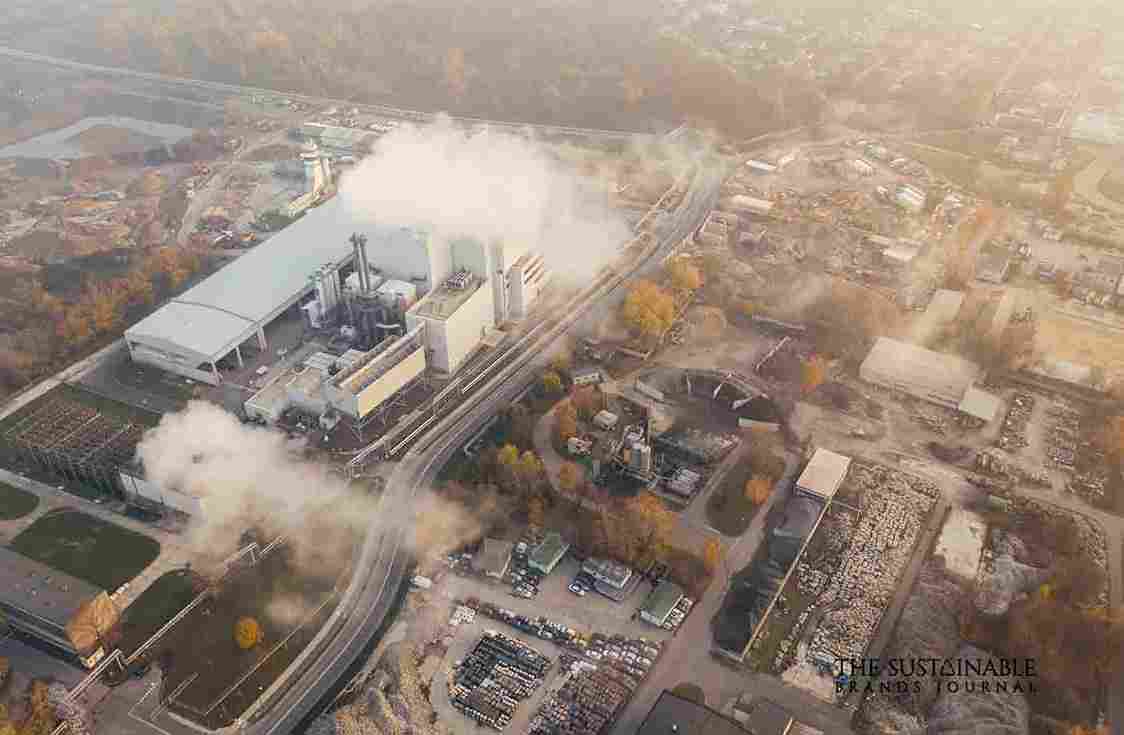
5 Ways Climate Change Has Made Life More Expensive in 2022
Climate change is having a significant impact on every aspect of human life, including the cost of living. In 2022, we have seen firsthand the ways in which global warming has made life more expensive, from higher food prices due to extreme weather events to increased costs for natural disasters, energy, and healthcare.
We will explore the top five ways that climate change has made life more expensive in 2022, and discuss the importance of taking action to address the root causes of global warming in order to mitigate these costs and improve the quality of life for future generations. Whether you are an individual looking to reduce your carbon footprint or a policymaker seeking ways to address the economic impacts of climate change, this article will provide valuable insights and information on the ways in which climate change is affecting our lives and wallets.
Here Are Five Ways That Climate Change Has Made Life More Expensive:
1.Food Prices Have Increased Due To Extreme Weather Events:
Climate change has led to more frequent and severe extreme weather events such as droughts, floods, and heat waves, which have disrupted the global food supply chain and led to crop failures. These events have reduced the availability and quality of certain crops, leading to price increases for consumers. For example, the prolonged drought in California in the early 2020s led to a significant reduction in the production of fruits, vegetables, and nuts, resulting in higher prices for these products. Similarly, the floods in Asia and South America in 2022 caused widespread damage to crops, leading to food shortages and price increases.
2.The Cost Of Natural Disasters Has Increased:
The increased frequency and severity of natural disasters such as hurricanes and wildfires, which are exacerbated by climate change, have led to higher insurance premiums. These events can cause significant damage to homes, businesses, and infrastructure, resulting in costly repairs and rebuilding. For example, the hurricanes that hit the East Coast of the United States in 2022 caused billions of dollars in damages and disrupted the lives of millions of people. Insurers have had to pay out large sums in claims, leading to higher premiums for policyholders.
3.Energy Costs Have Increased:
The need to transition to renewable energy sources and to adapt to the impacts of climate change on traditional energy production has led to higher energy costs. For example, the cost of electricity from renewable sources such as solar and wind has decreased significantly in recent years, but it is still more expensive than electricity from fossil fuels. As a result, consumers and businesses are paying more for their energy. In addition, the cost of adapting infrastructure to the impacts of climate change, such as building sea walls to protect against rising sea levels or installing air conditioning in buildings to cope with higher temperatures, has also contributed to higher energy costs.
4.Infrastructure Costs Have Increased:
The need to repair and rebuild infrastructure damaged by extreme weather events, and to make infrastructure more resilient to future climate change impacts, has led to higher costs. For example, the extreme weather events of 2022 caused significant damage to roads, bridges, and other infrastructure, requiring costly repairs and rebuilding. In addition, the need to build infrastructure that can withstand the impacts of climate change, such as sea walls to protect against rising sea levels, has also contributed to higher costs.
5.The Cost Of Healthcare Has Increased:
The health impacts of climate change, such as respiratory problems and heatstroke, have led to increased demand for medical services, resulting in higher healthcare costs. For example, the heat waves of 2022 caused a significant increase in the number of people seeking treatment for heat-related illnesses, leading to higher demand for healthcare services and higher costs for patients. In addition, the longer-term impacts of climate change on health, such as the spread of vector-borne diseases and the negative impacts of air pollution on respiratory health, are likely to lead to further increases in healthcare costs in the future.
In conclusion, climate change has had a significant impact on the cost of living in 2022, with higher food prices, increased costs for natural disasters, energy, and healthcare all contributing to the increased burden on individuals and households. These impacts are likely to continue unless we take action to address the root causes of global warming and mitigate the economic impacts of climate change. By taking individual actions to reduce our carbon footprint and supporting policy interventions that promote clean energy and sustainable development, we can work towards a more affordable and sustainable future for all. It is up to each and every one of us to take responsibility for the impact of our actions on the planet and to work towards a more resilient and prosperous future for all.

Prachi, an accomplished Chief-Editor at The Sustainable Brands Journal, has 15+ years of experience in Europe, the Middle East, and India, managing 90+ global sustainable brands. She’s a prolific writer in sustainability, contributing to various publications. Prachi’s unwavering passion and expertise make her a recognized authority, driving positive change and inspiring a sustainable future.





